Seongdae Guksu (성대국수)
5.0Km 2021-03-18
18, Seonggyungwan-ro, Jongno-gu, Seoul
+82-2-762-3996
This is a Korean cuisine located in Jongno-gu, Seoul. A restaurant that uses only natural ingredients. The best menu at this restaurant is noodles in anchovy broth.
JDX - Jongno Branch [Tax Refund Shop] (JDX 종로)
5.0Km 2024-04-19
1F, 236-1, Jong-ro, Jongno-gu, Seoul
-
Goodmorning City (굿모닝시티)
5.0Km 2020-05-09
247, Jangchungdan-ro, Jung-gu, Seoul
+82-2-2118-8700
Opened in November 2008, Goodmorning City is one of the largest shopping malls in Korea. It is located near the Dongdaemun History & Culture Park Station and is directly linked to other shopping malls in Dongdaemun.
The mall is comprised of 23 floors and over 700 stores, offering visitors virtually every kind of product—from fashion accessories to electronics. With a variety of stores and amenities, Goodmorning City is truly a comprehensive shopping mall that provides visitors with an amazing shopping and entertainment experience.
Gwanghuimun Gate (광희문)
5.0Km 2021-02-24
344, Toegye-ro, Jung-gu, Seoul
+82-2-3700-3900
Gwanghuimun Gate is said to have been originally constructed in 1396, the 5th year of King Taejo, at the southeast of the capital city. It was often referred to as Sugumun Gate (water channel gate) and was actually used as a Sigumun, literally meaning “corpse gate,” as funeral processions passed through this gate when exiting to the east.
During the Imjin War (1592-1598), the fortress gate was destroyed to such a degree that it made finding the original location close to impossible. Nevertheless, reconstruction efforts were started in 1711 (37th year of King Sukjong) and the gate was restored together with the gate's watchtower. Gwanghuimun Gate remained intact even when the fortress walls were demolished to build tram tracks during the Japanese occupation, but it was later damaged during the Korean War and left neglected. In 1975, restoration work was carried out to relocate Gwanghuimun Gate to a site 15 meters south of its original location since it stood in the middle of the road.
Seoul Daehan Hospital (서울 대한의원)
5.0Km 2021-12-23
101, Daehak-ro, Jongno-gu, Seoul
+82-2-2148-1842
Daehanuiwon (Daehan Medical Center) is an antique two-story brick building within the grounds of Seoul National University Hospital. It was established under the direct administration of the Uijeongbu (State Council), combining the Gwangjewon (under the Home Ministry), Gyeongseong Medical School and the Korean Red Cross Hospital (under the Royal Household).
Built in the Madubong Hill area, this location where Hamchunwon, the outer garden of Changgyeonggung Palace, once stood in 1484 (15th year of King Seongjong), was also once the site of Gyeongmogung Palace, where King Jeongjo enshrined the mortuary tablet of his birth father Crown Prince Sado Seja in 1776 (the year King Jeongjo ascended to the throne).
These places that held importance for the royal family were destroyed as the Japanese built Gyeongseong Empire University in its place. In 1907, with the announcement of the plan to establish Daehan Medical Center, construction began on the main building, seven wards and affiliated buildings. Construction was completed in November 1908.
The Daehan Medical Center opened in Gwangjewon, but upon Japanese colonization in 1910, its name was changed to the Japanese Viceroyalty Hospital. In 1926, it was included as a part of Gyeongseongjeguk University to become a university hospital. Since the liberation of Korea in 1945, it has been a hospital affiliated with Seoul National University.
PungGyeong [Korea Quality] / 풍경 [한국관광 품질인증]
5.0Km 2023-05-02
32-6 , Seonggyungwan-ro, Jongno-gu, Seoul
+82-10-7103-6993
PungGyeong, located opposite Sungkyunkwan Academy in Jongno-gu, Seoul, is a hanok-style guest house whose outer wall is painted with a stylish blue pine tree. The guest house is equipped with bedrooms and a kitchen/diner with a table. Residents can have toast for breakfast, and simple Korean meals are provided for guests staying more than two days. In the winter you can sample traditional Korean tea brewed by the owner.
Sejong University Museum (세종대학교 박물관)
5.0Km 2022-09-16
209, Neungdong-ro, Gwangjin-gu, Seoul
+82-2-3408-3876
Sejong University Museum exhibits folk art, wooden crafts, clothing, accessories, pottery, paintings and calligraphy collected for over 40 years by the couple who founded the present day Sejong University, Dr. Ju Young-ha and Dr. Choi Ok-ja. This museum has its origins in the Soodo Gallery, which was built in Chungmuro, the campus’ original location, in 1959. Needing more space to house additional artifacts, the museum moved to its current location, which first opened on May 5, 1973 in a four-story concrete building inspired by traditonal tower design from the Baekje era. This building was later expanded on May 20, 1977.
After the university’s name was changed to Sejong University in 1979, the museum was also renamed the Sejong University Museum. The museum showcases unique artifacts to both scholars and students from home and abroad in contribution to the research of Korea’s culture, arts, and archeology.
Jinhyang Jokbal (진향족발)
5.0Km 2024-10-15
231-1, Jong-ro, Jongno-gu, Seoul
+82-2-745-5533
A pig's trotter(s) specialty restaurant located near Jongno 5(o)ga Station in Seoul. One of the top 5 jokbal (pig's trotter) restaurants in Seoul. This restaurant's signature menu is braised pigs' feet.
Hangukgwan (한국관)
5.0Km 2021-03-18
40, Seonggyungwan-ro, Jongno-gu, Seoul
+82-2-764-6953
A great restaurant for group dinners. The best menu at this restaurant is Grilled Beef Ribs. This is a Korean cuisine located in Jongno-gu, Seoul.
Brown Chicken (브라운치킨)
5.0Km 2021-03-18
15, Eulji-ro, 43-gil, Jung-gu, Seoul
+82-2-2275-9972
Try fried chicken, one of Korea’s representative dishes. The most famous menu is fried chicken. A chicken specialty restaurant located in Dongdaemun Gate, Seoul.
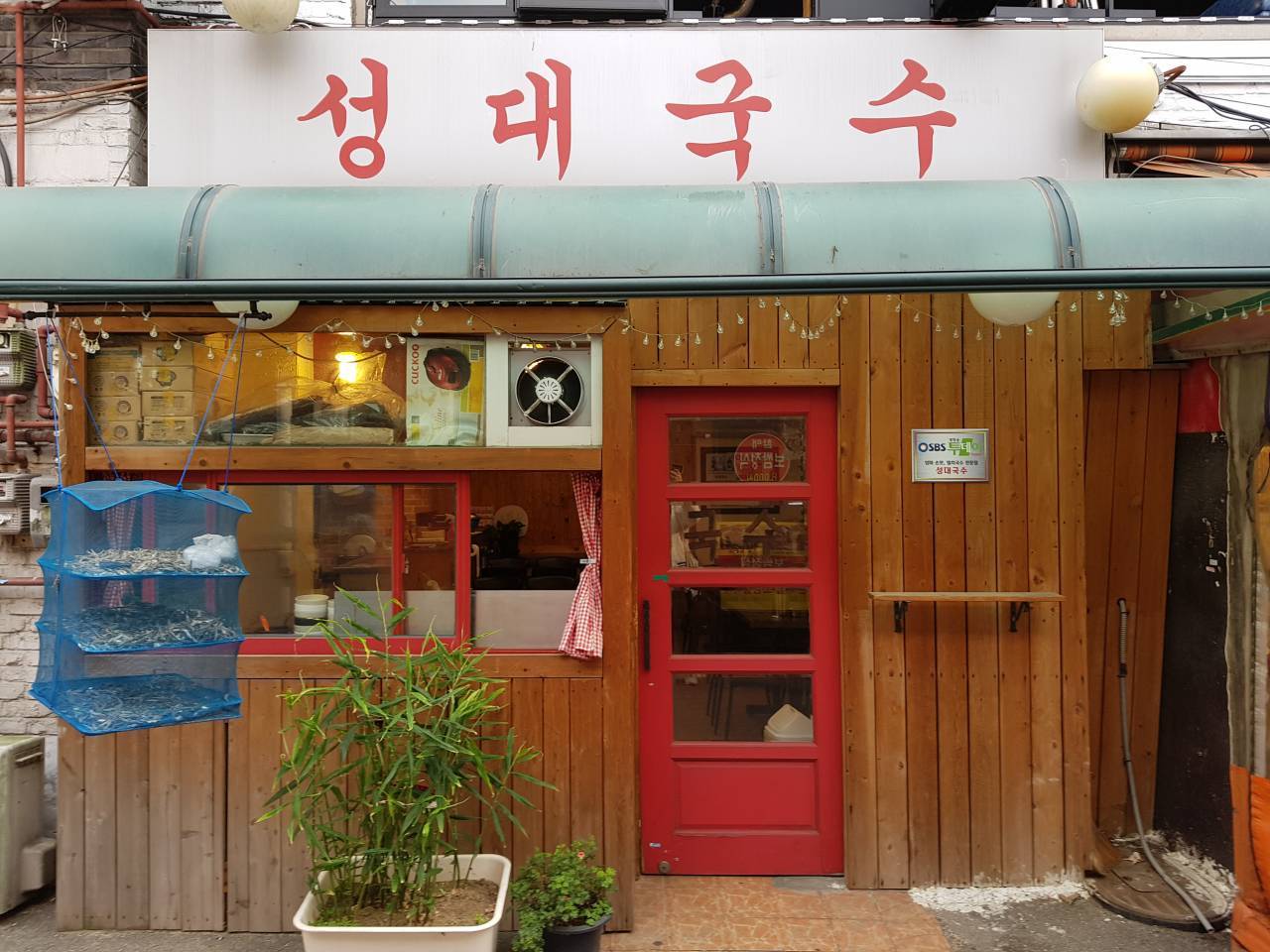

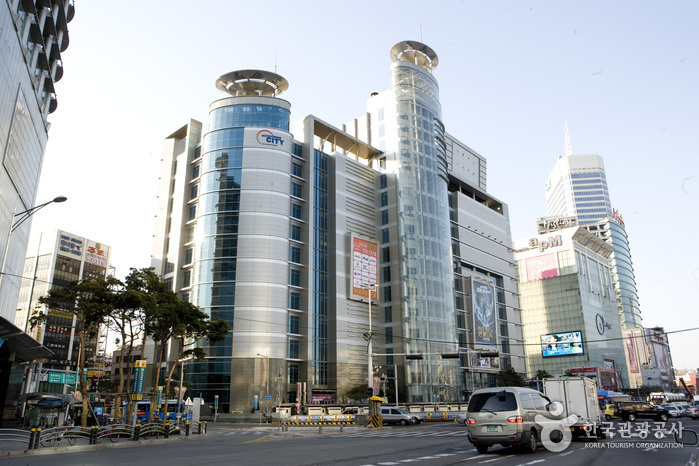
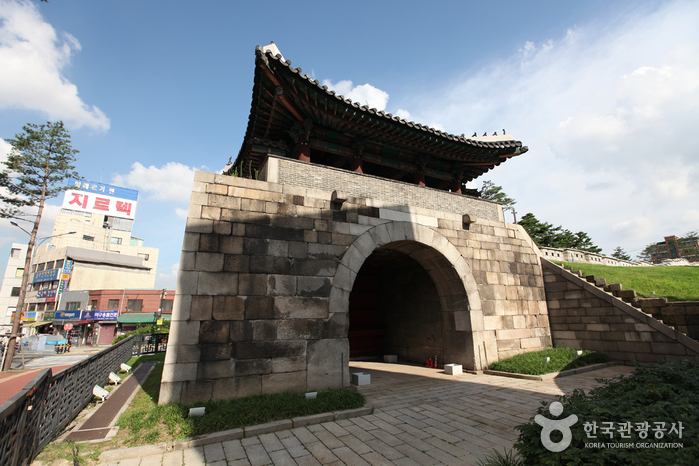
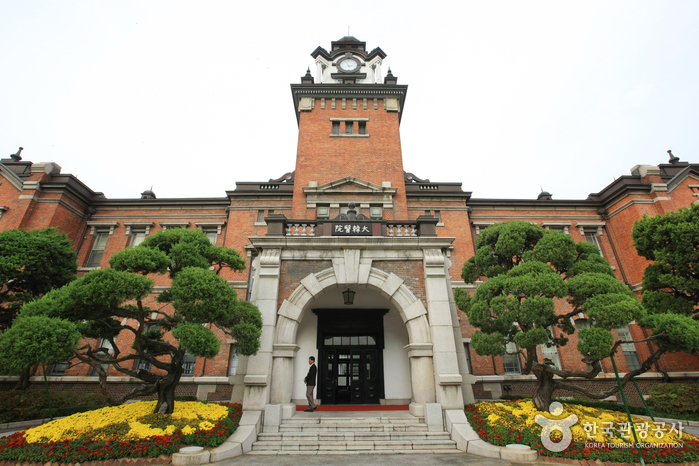
![PungGyeong [Korea Quality] / 풍경 [한국관광 품질인증]](http://tong.visitkorea.or.kr/cms/resource/80/2633780_image2_1.jpg)
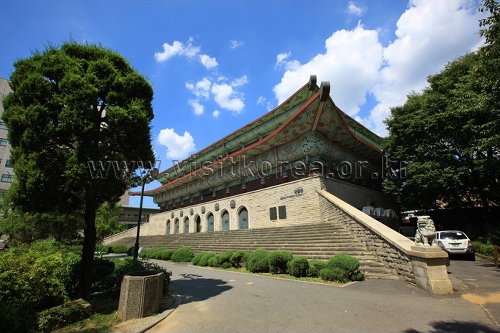
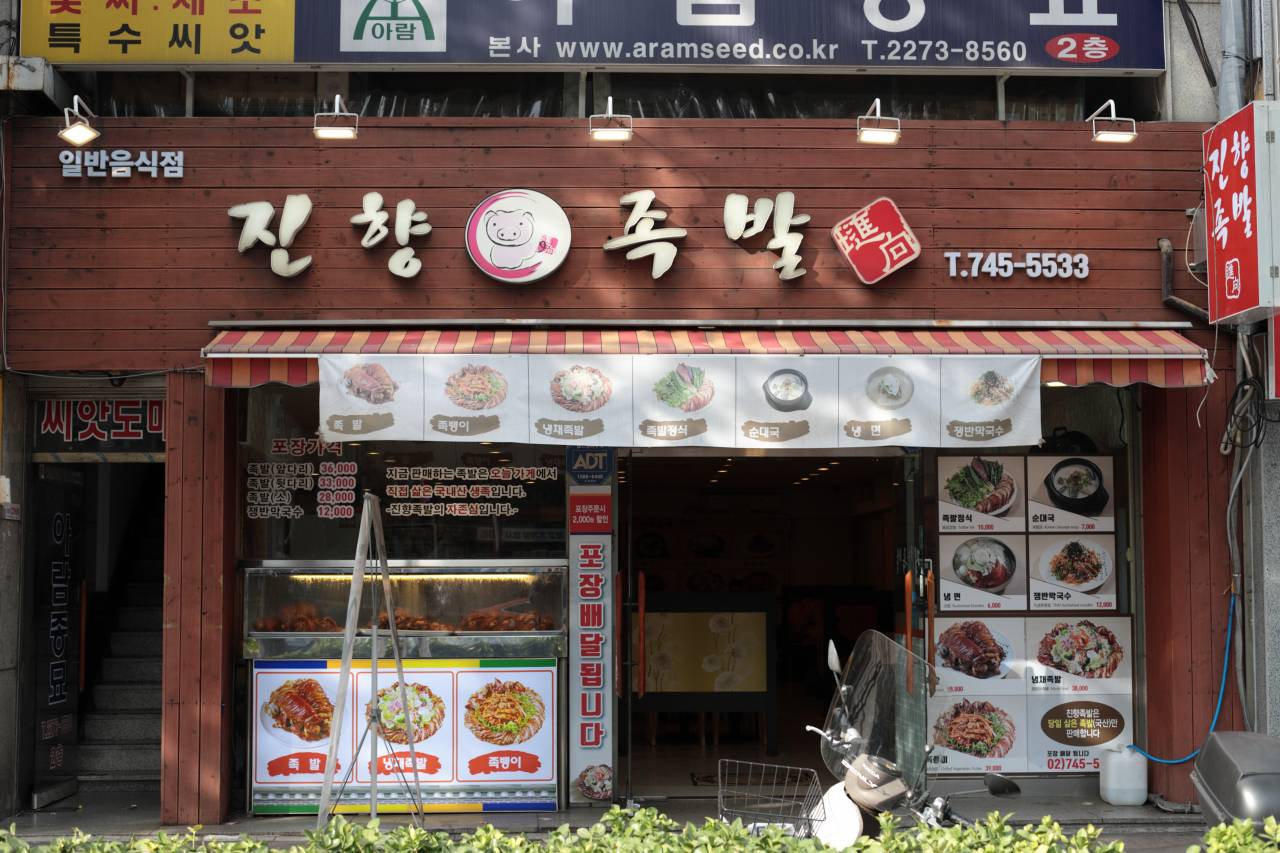
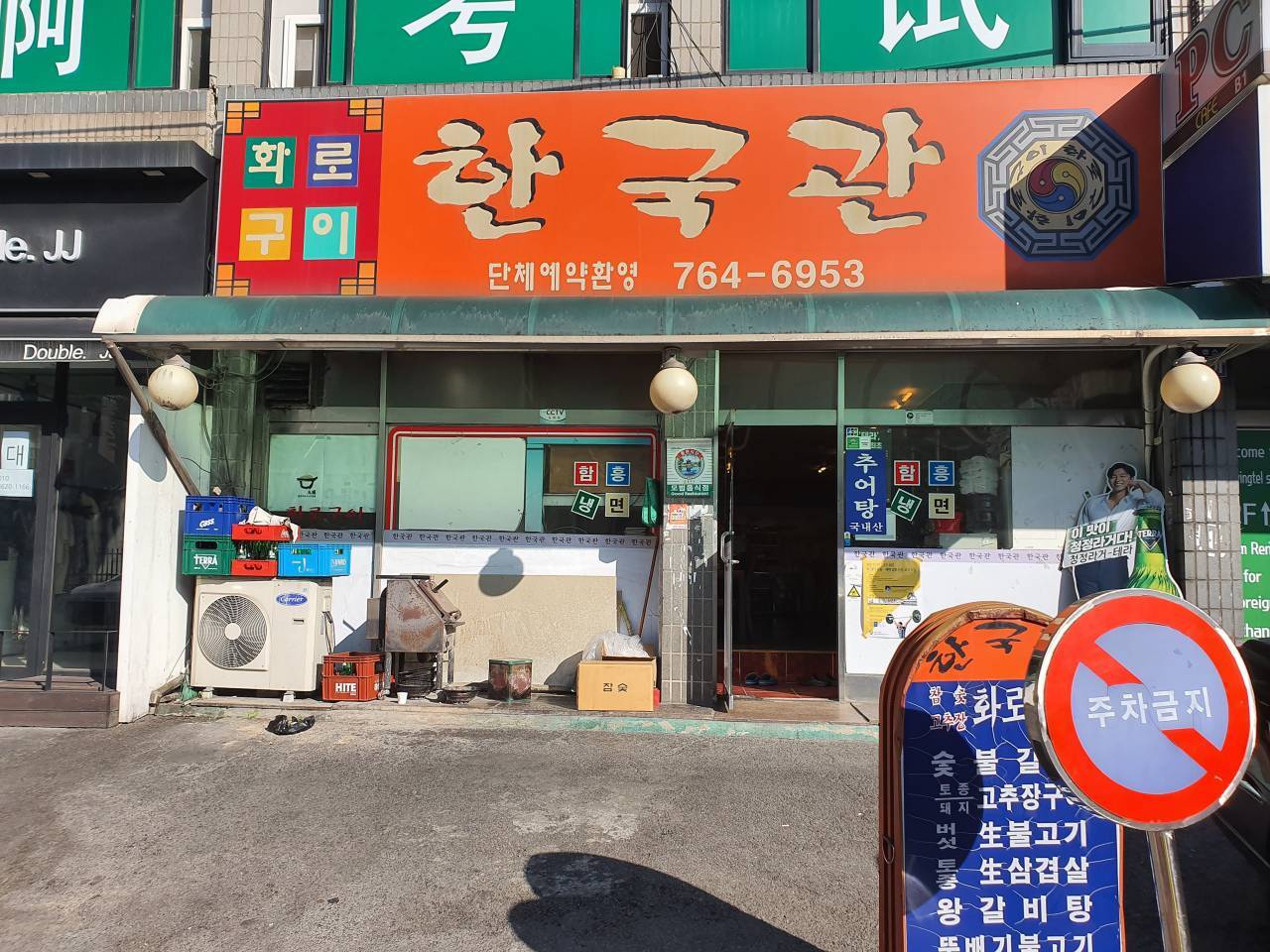
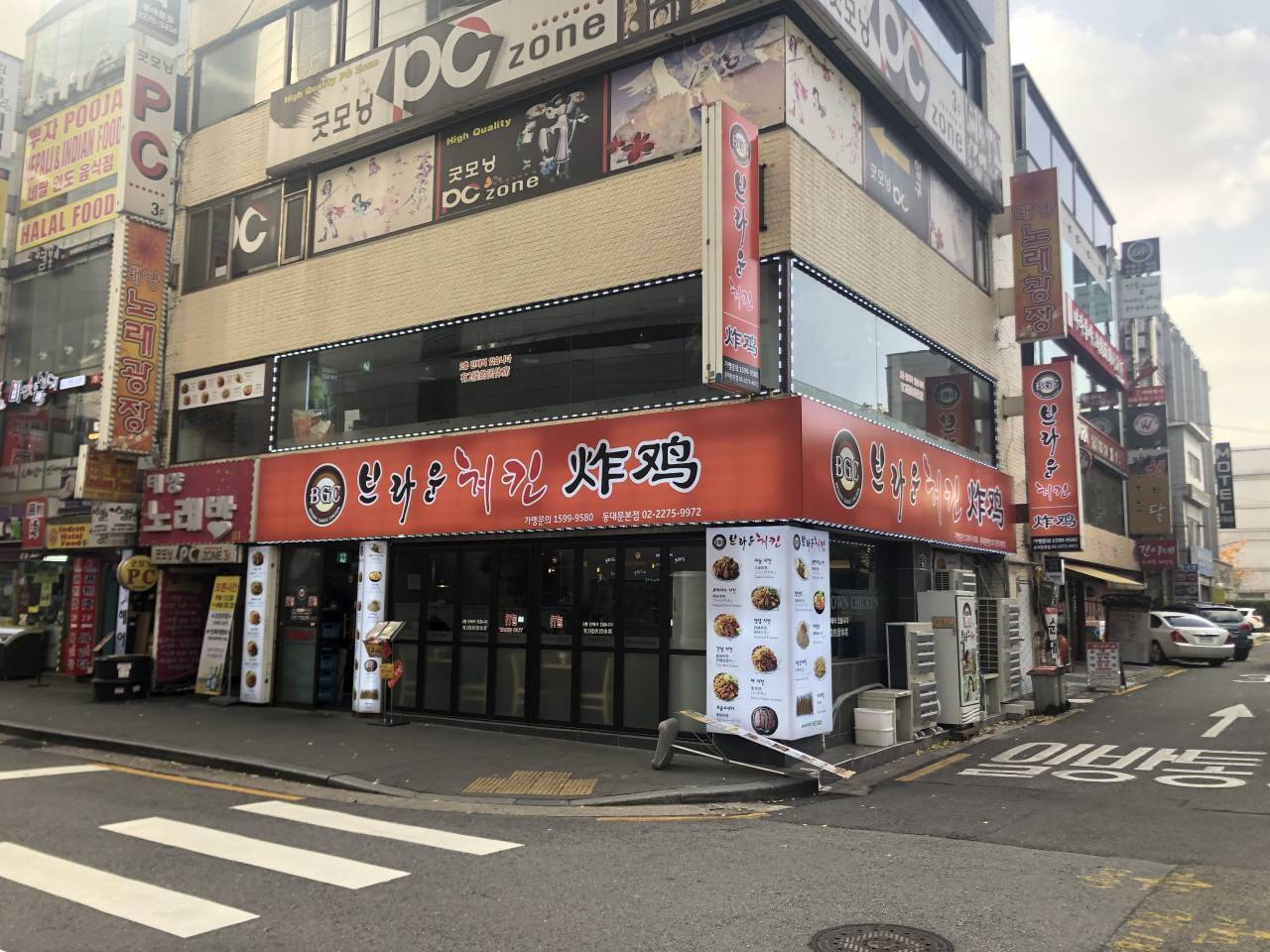
 English
English
 한국어
한국어 日本語
日本語 中文(简体)
中文(简体) Deutsch
Deutsch Français
Français Español
Español Русский
Русский